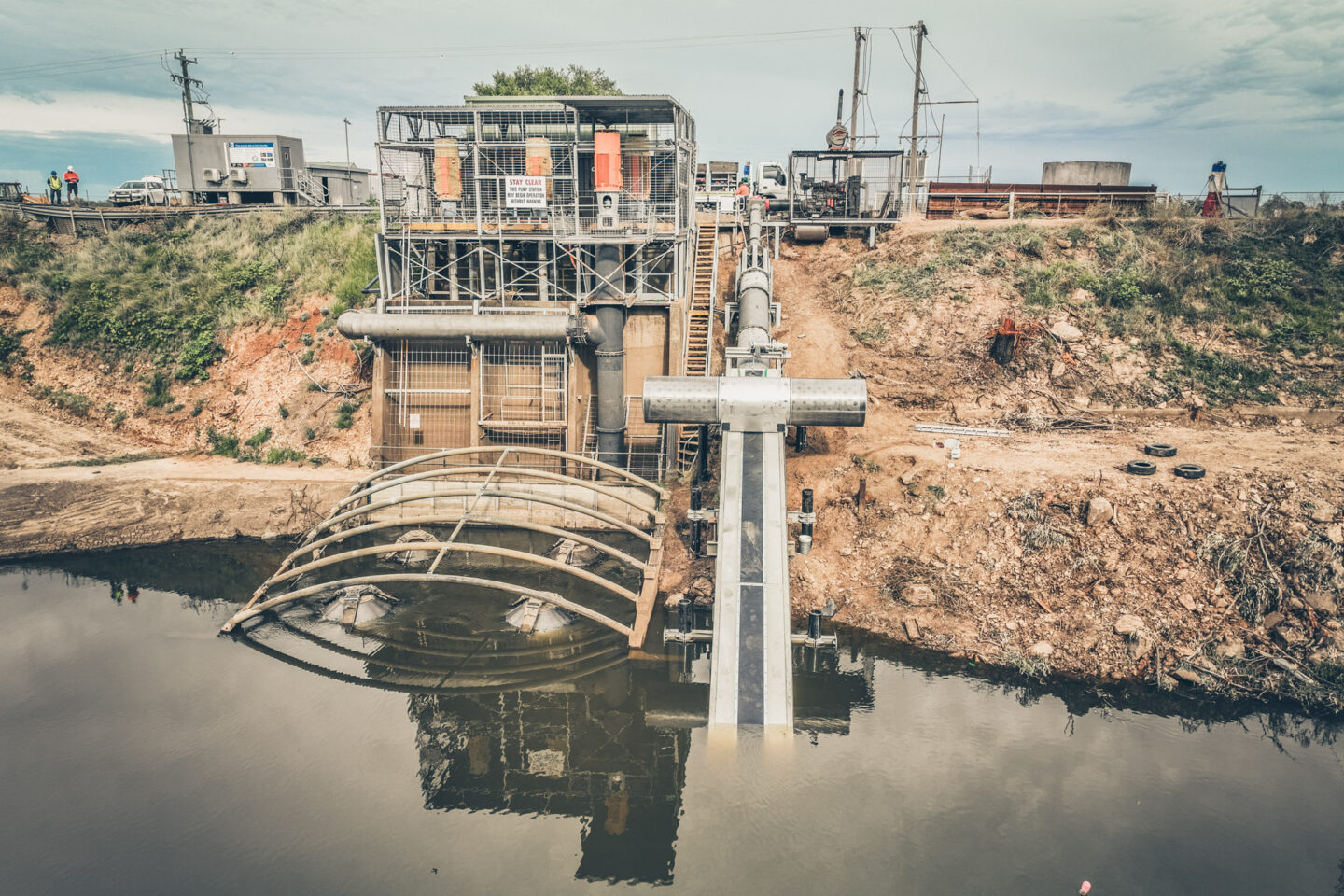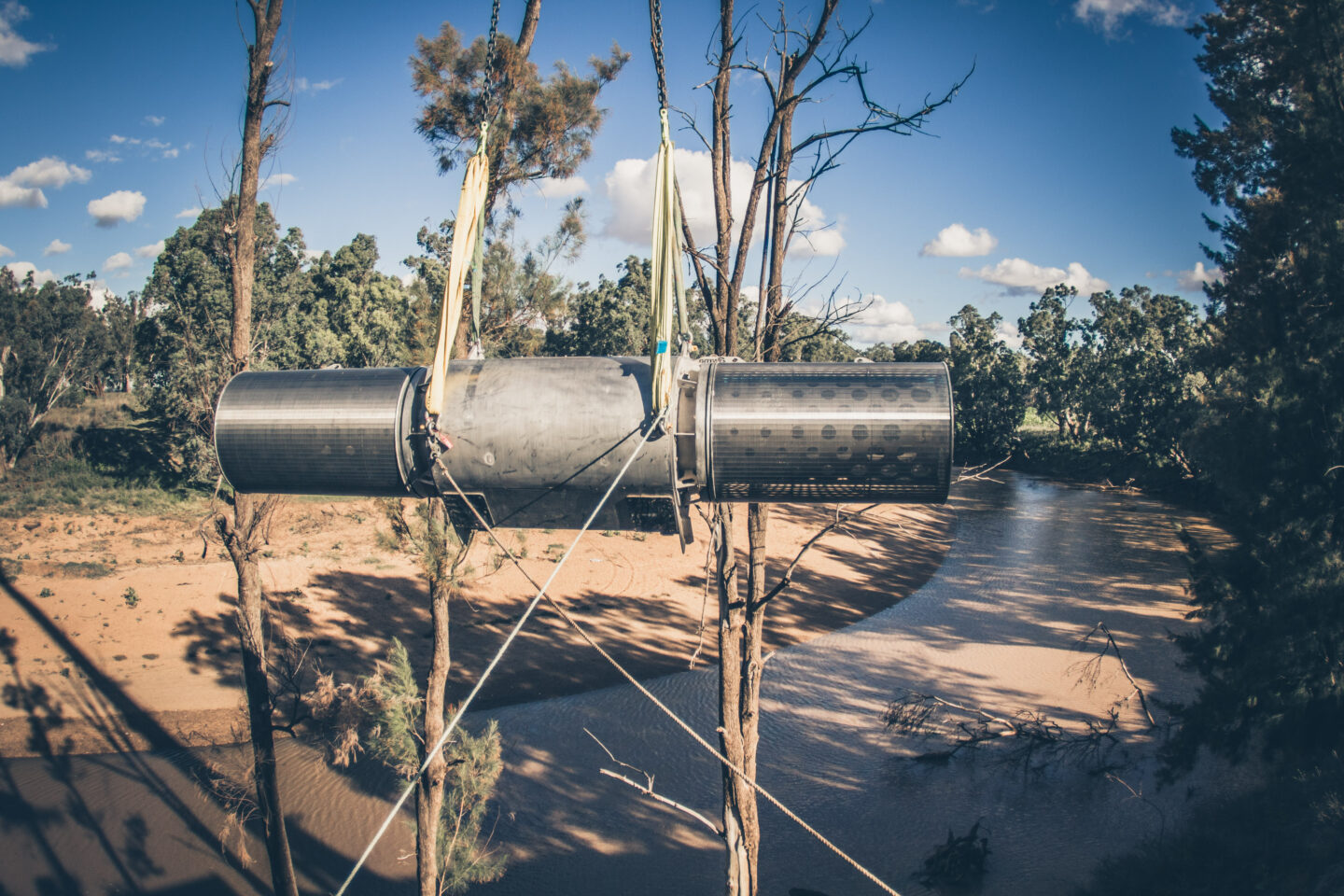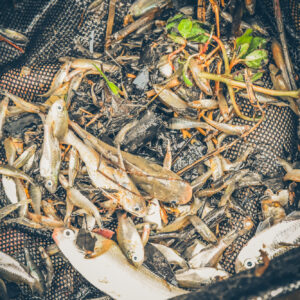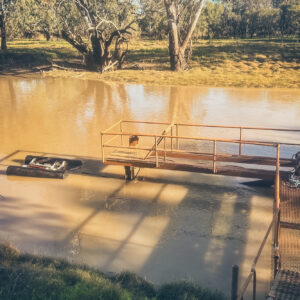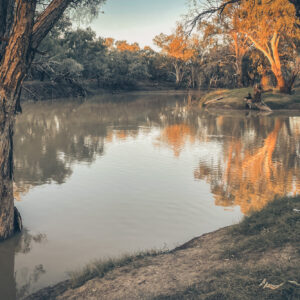Cotton growers on-board with modern screens
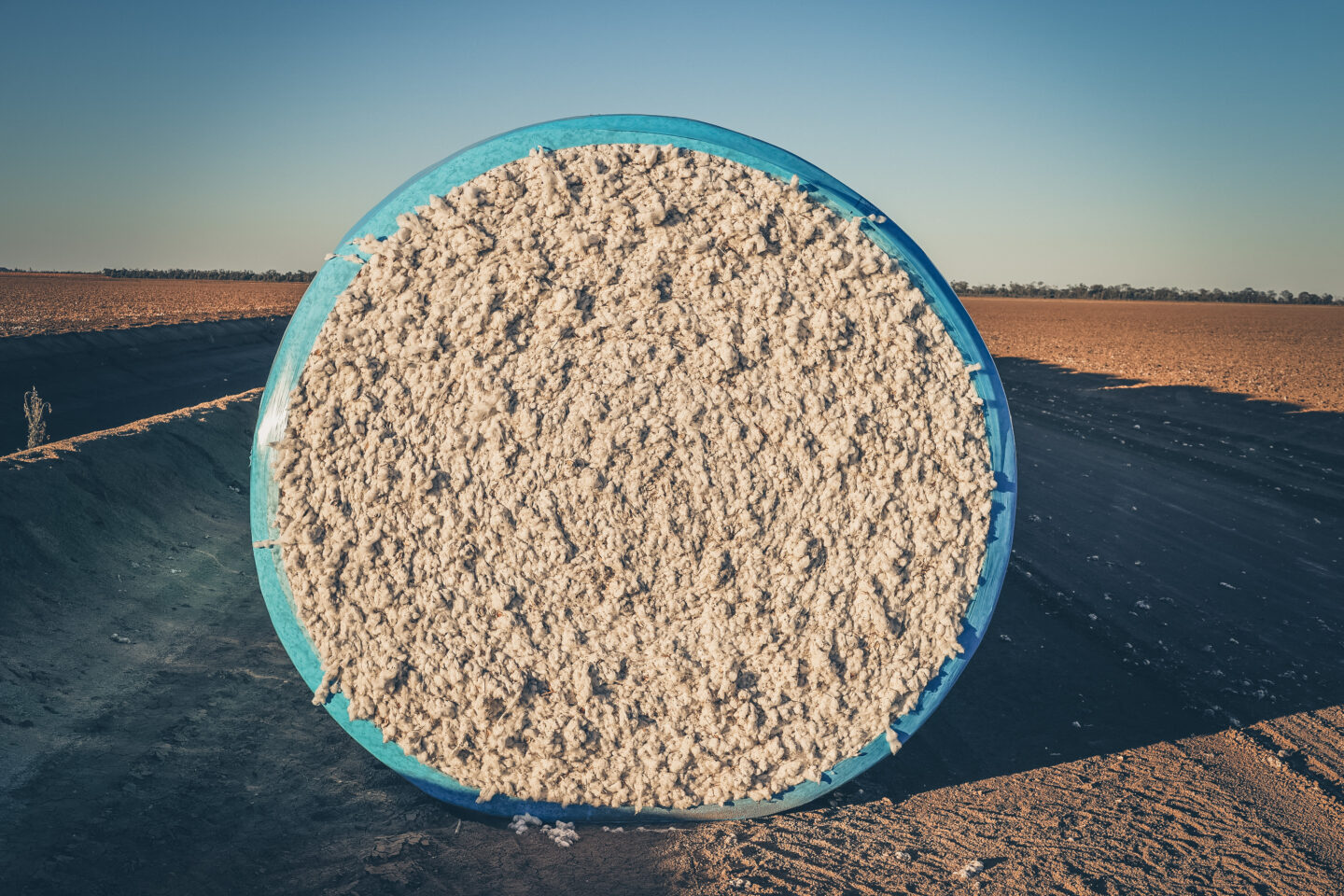
The Cotton Research & Development Corporation has highlighted grower experiences in the Winter 2025 issue of their magazine Spotlight on Cotton R&D.
Modern fish-protection screens are transforming irrigation practices by keeping debris and aquatic life safely in the river while delivering cleaner, more reliable water to farms.
By replacing traditional trash racks with automated, self-cleaning wedge-wire and cylinder screens, irrigators are experiencing fewer pump stoppages, reduced maintenance, lower electricity bills and, crucially, the preservation of native fish populations.
Showcasing modern screens in action
At the heart of the Macquarie River Screening Program, the member-owned Trangie-Nevertire Irrigation Scheme (TNIS) has become Australia’s largest demonstration site for fish-friendly pump screening. Managing 100,000 hectares of mixed farming — including over 21,000 hectares under irrigation — TNIS diverts up to 800 megalitres per day through 33 metered offtakes.
Where once daily backflushing was required to clear leaves, sticks and gumnuts from conventional racks, four cone screens with 3 mm stainless-steel mesh now clean themselves automatically. Diesel backup and stock/domestic pumps were similarly upgraded with cylinder screens, resulting in 100 percent coverage.
TNIS Water Operations Manager Shane Smith reports that since installation, backflush intervals have stretched from every day to once a week—or even once every ten days—cutting both peak-power charges and overall energy consumption.
Downstream, farmers benefit from reduced debris in lateral lines, meaning fewer blocked nozzles, less manual clearing and more consistent water delivery to crops. The screens also protect an estimated 250,000 native fish annually, from eggs to small-bodied species that previously had no means of escape from high-velocity intakes.
Environmental and economic benefits
Researchers from NSW DPIRD and partner RDCs are quantifying both ecological and financial returns. Early findings indicate that fine-mesh, large-surface-area screens safely divert 90 percent of fish and almost all debris, without reducing extraction volume.
Fish ecologist Dr Craig Boys is monitoring four Macquarie River sites to benchmark fish populations before and after screen installation, while Fiona Scott and her team are collecting on-farm data across the Macquarie, Namoi and Barwon-Darling valleys.
Growers themselves are enthusiastic. At Narramine Station on Wiradjuri country, the Browning family installed 2 mm self-cleaning screens in May 2024. Co-owner Billy Browning cites two drivers: environmental stewardship—responding to criticism of irrigation impacts by protecting native fish—and pump productivity, by preventing rocks, sticks and tiny shrimp heads from damaging impellers. Prior to screening, nozzle blockages occurred every four days; now, maintenance demands have plummeted. The result is higher pump uptime, labour savings and the promise of increased yields.
With similar initiatives underway in southern Queensland under the Australian Government Fish Friendly Water Extraction project, the momentum is clear. By 2026, an estimated 70 percent of regulated flow in the Macquarie River will pass through modern screens, delivering healthier rivers, more resilient farms and thriving local communities. In every sense, growers and wildlife both win.
Check out the Winter 2025 Spotlight magazine or visit the Cotton RDC.
